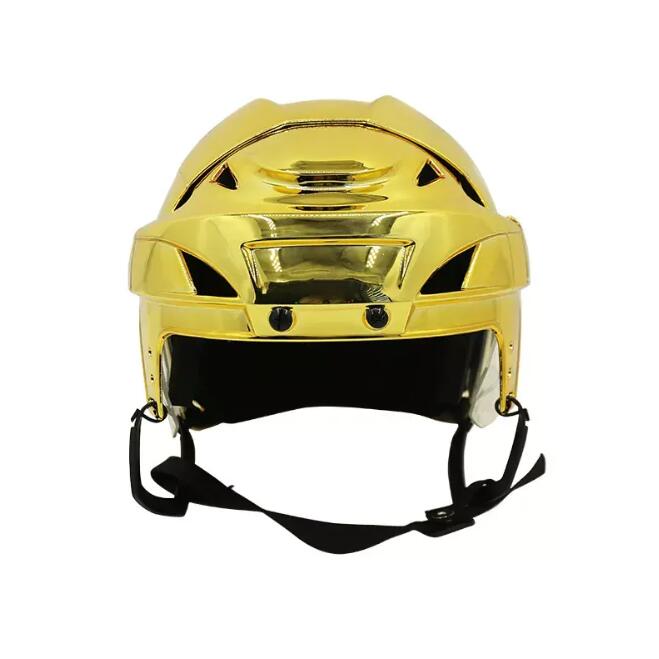The Cooling Advantage: Exploring the Role of Ventilation in Hockey Player Helmets
2024-03-25
Introduction:
In the fast-paced world of hockey, every advantage counts. While much attention is paid to the protective capabilities of helmets, another crucial factor often overlooked is ventilation. Ventilation systems in hockey player helmets play a significant role in maintaining player comfort, regulating temperature, and enhancing overall performance on the ice. Let's dive deeper into the importance of ventilation in hockey helmets and how it contributes to a player's experience on the rink.
Regulating Temperature and Moisture:
One of the primary functions of ventilation in hockey helmets is to regulate temperature and manage moisture buildup. During intense gameplay, players can work up a sweat, leading to discomfort and fogging of visors or face shields. Ventilation systems facilitate airflow within the helmet, allowing heat to escape and moisture to evaporate, thus keeping players cool, dry, and focused on the game.
Preventing Overheating and Fatigue:
Overheating can have detrimental effects on a player's performance, leading to decreased focus, endurance, and decision-making abilities. Proper ventilation helps prevent overheating by dissipating excess heat generated during physical exertion. By maintaining a comfortable temperature inside the helmet, ventilation contributes to player comfort and reduces the risk of fatigue, allowing athletes to perform at their best throughout the game.
Enhancing Comfort and Fit:
Ventilation systems not only regulate temperature but also contribute to overall helmet comfort and fit. Well-designed airflow channels and strategically placed vents help distribute airflow evenly across the scalp, reducing pressure points and discomfort. A properly ventilated helmet ensures better air circulation, minimizing the likelihood of hot spots or areas of irritation, thus enhancing the overall wearing experience for players.
Preventing Fogging of Visors and Face Shields:
Clear visibility is essential for player safety and performance on the ice. Fogging of visors or face shields due to moisture buildup can impair vision and hinder gameplay. Ventilation systems in hockey helmets help prevent fogging by facilitating airflow and moisture management. By keeping the visor or face shield clear and fog-free, ventilation contributes to improved visibility and awareness on the ice, enabling players to react quickly to changing game situations.
Promoting Long-Term Health and Safety:
Beyond immediate comfort and performance benefits, proper ventilation in hockey helmets also plays a role in promoting long-term health and safety. Excessive heat buildup and moisture retention can create an environment conducive to bacterial growth, leading to unpleasant odors and potential skin irritations. Adequate ventilation helps mitigate these risks by promoting airflow and moisture evaporation, thus maintaining a cleaner, healthier helmet environment for players.
Conclusion:
Ventilation is a crucial yet often underestimated aspect of hockey player helmets. By regulating temperature, managing moisture, enhancing comfort, and promoting visibility, ventilation systems contribute significantly to player performance, safety, and overall experience on the ice. As helmet technology continues to evolve, advancements in ventilation design will further optimize player comfort and ensure that athletes can focus on what truly matters – playing their best game.



